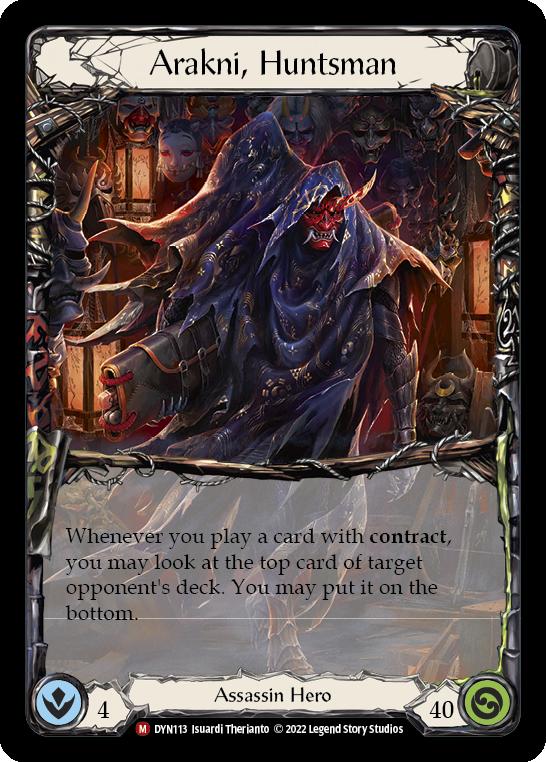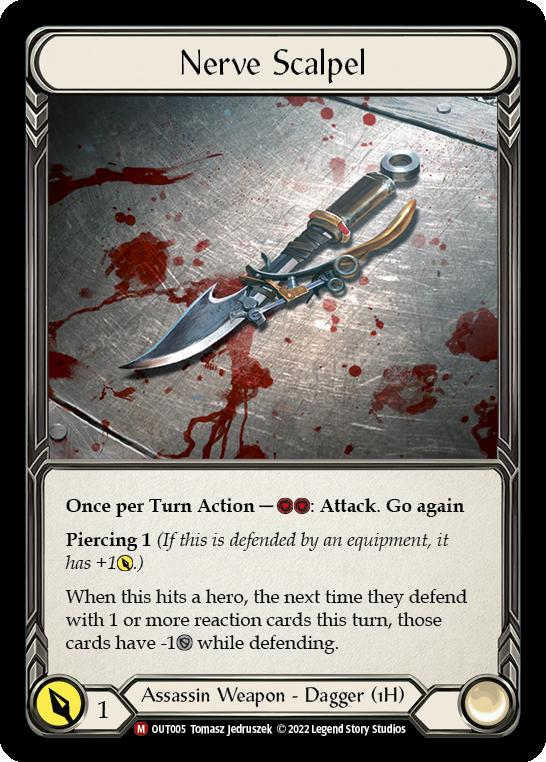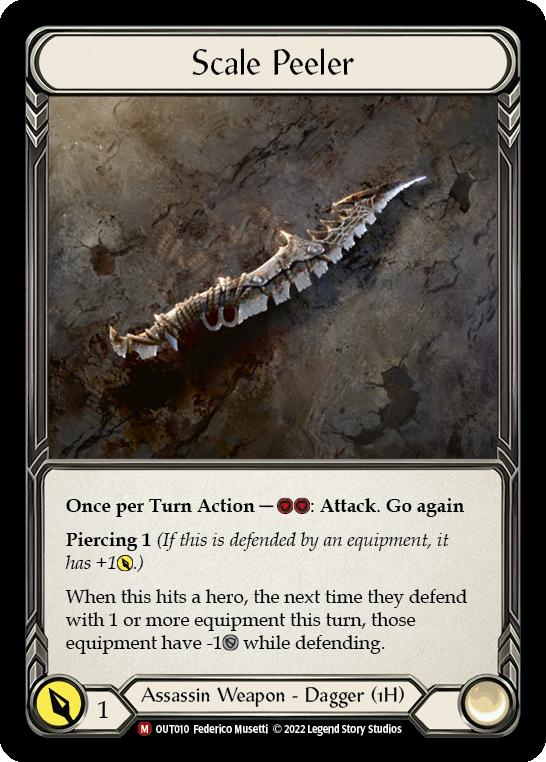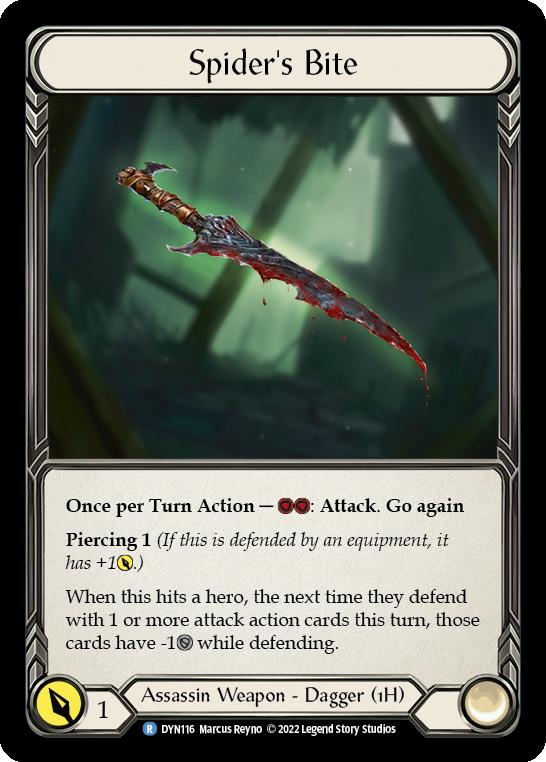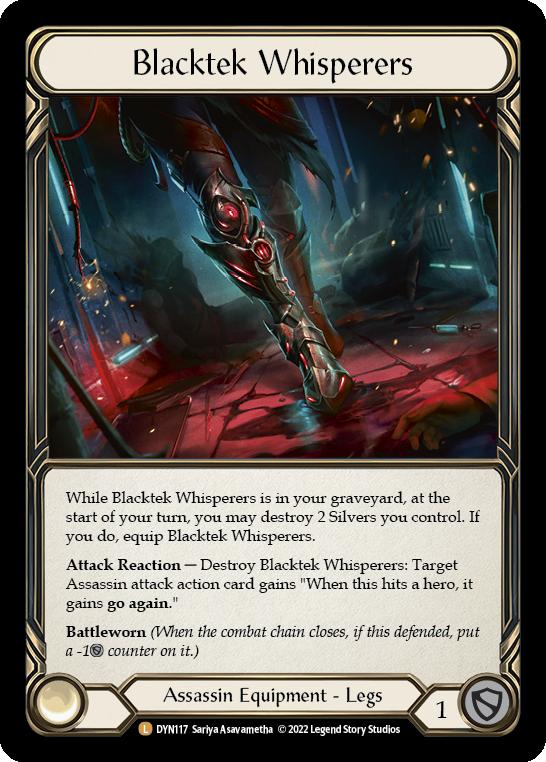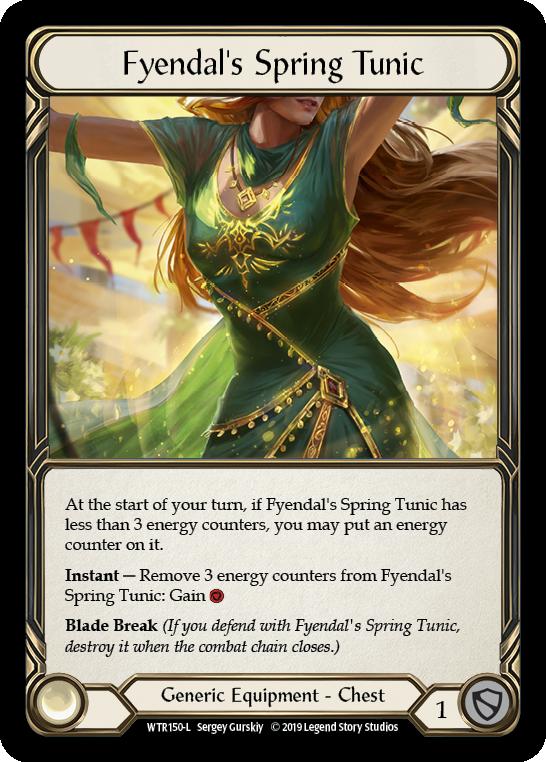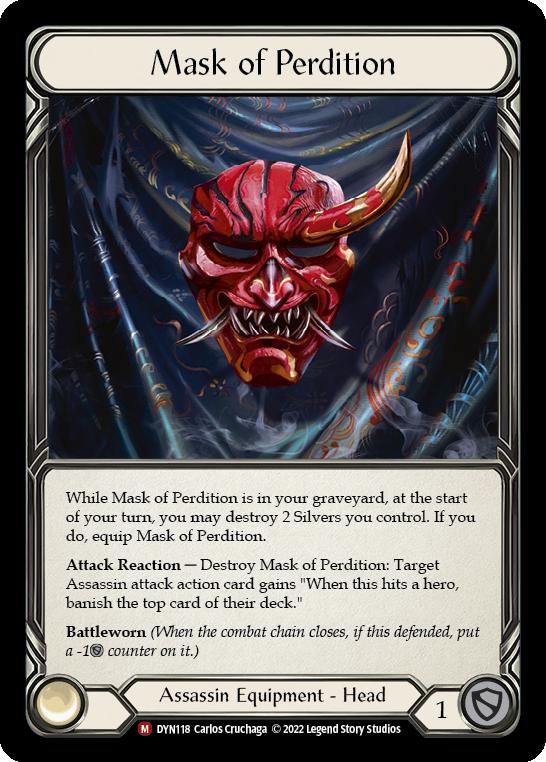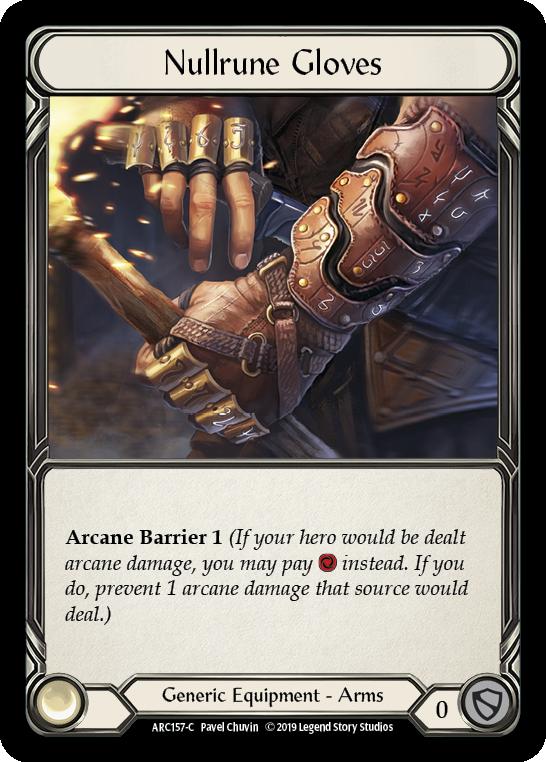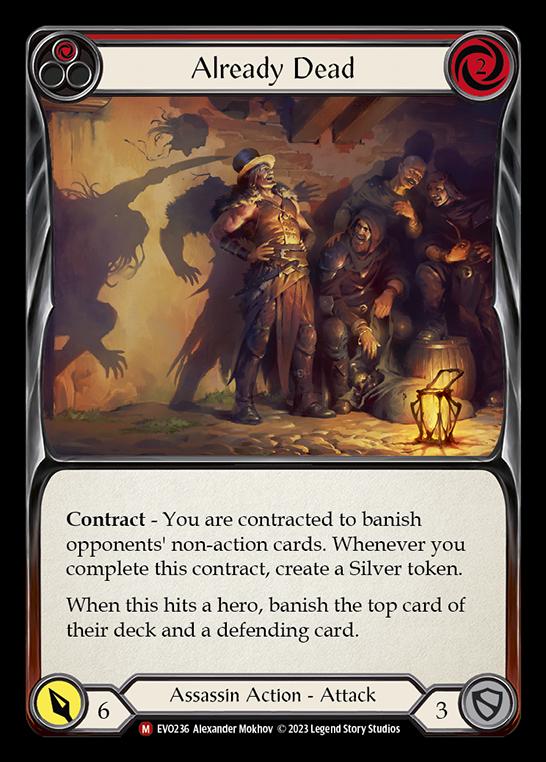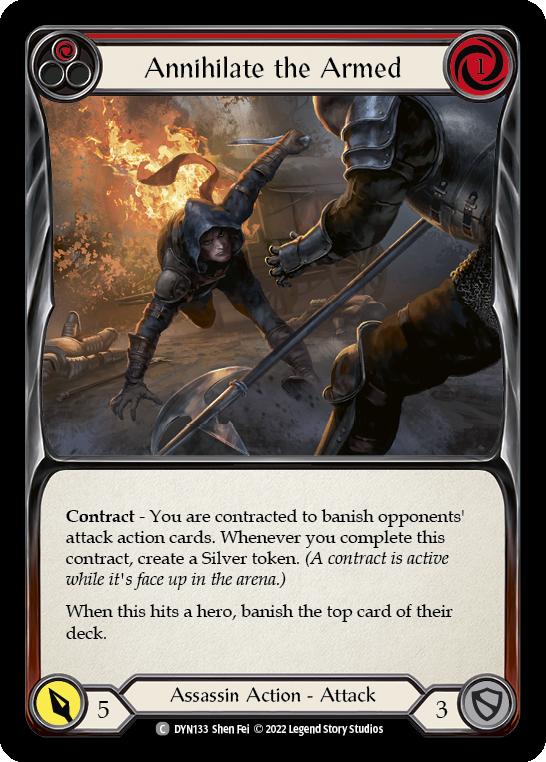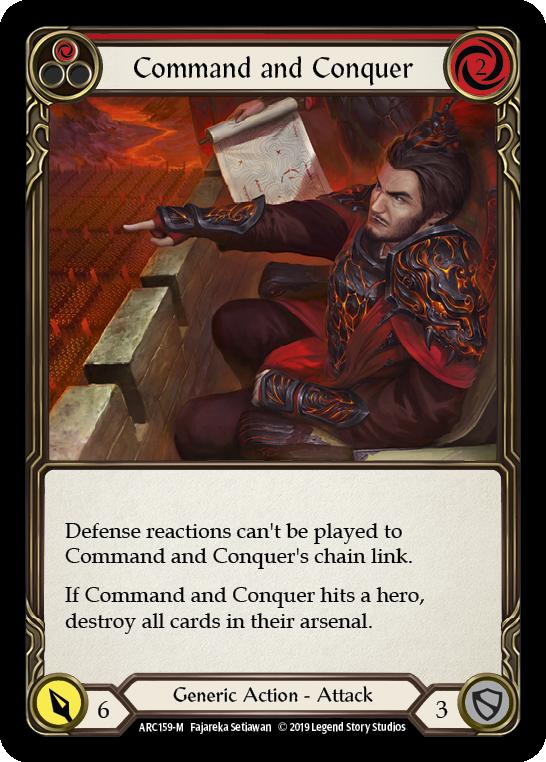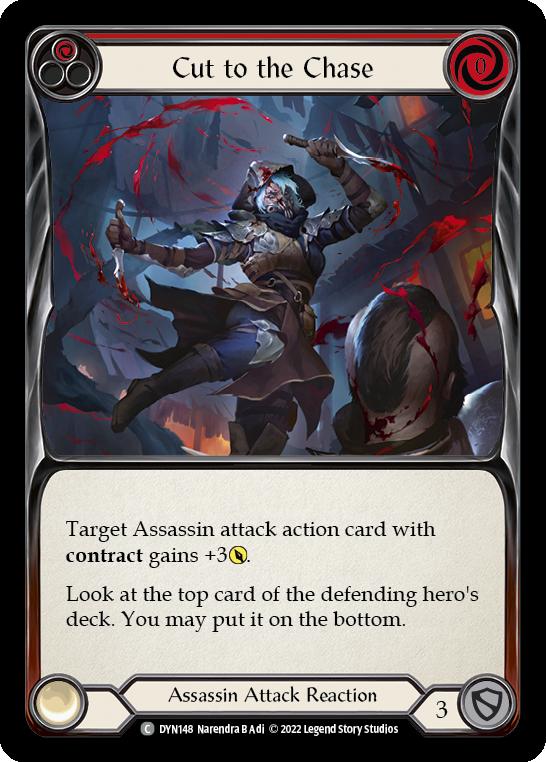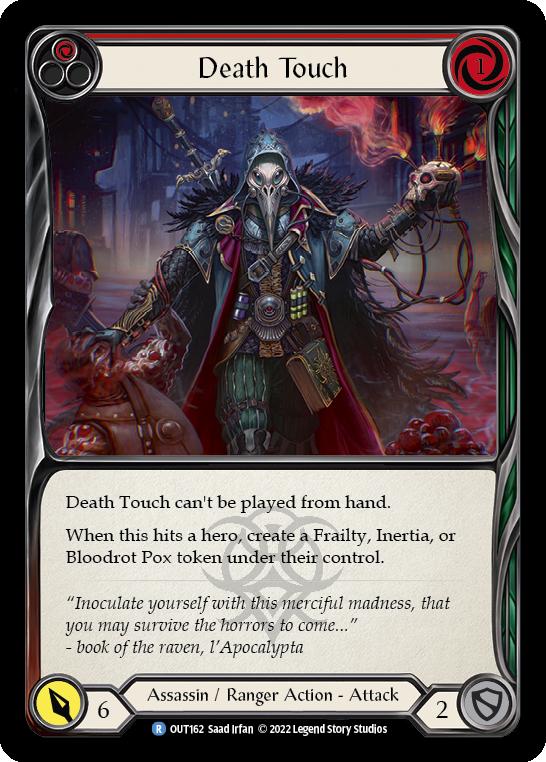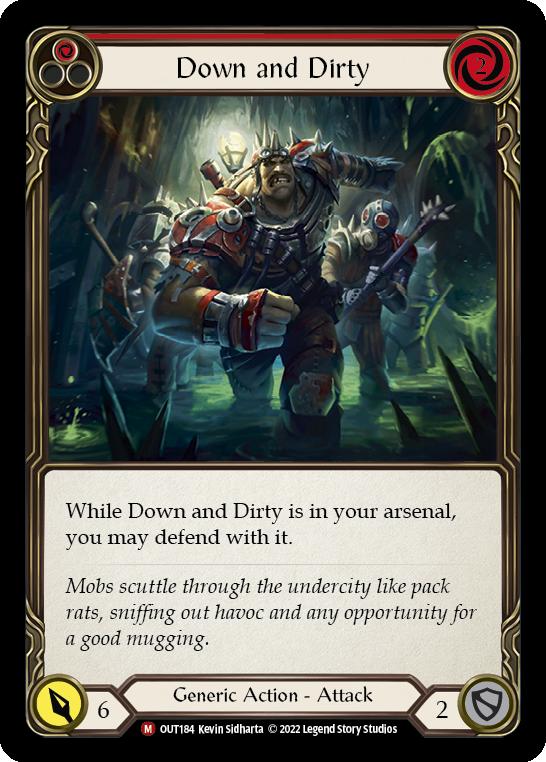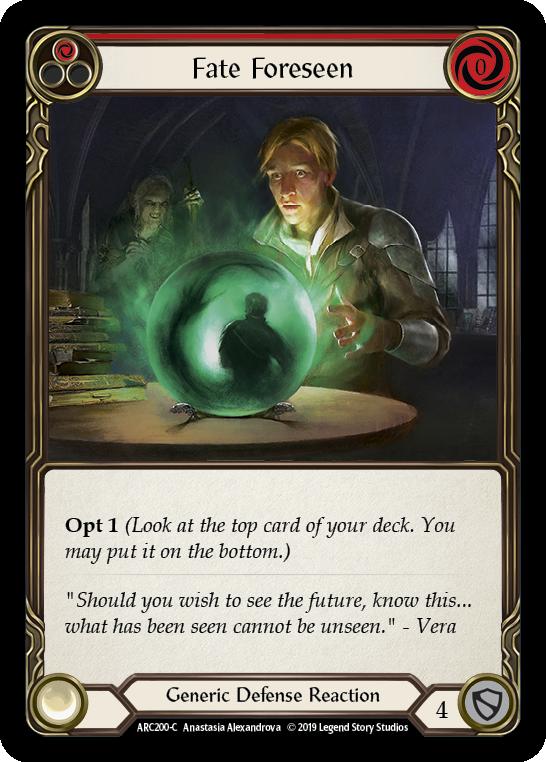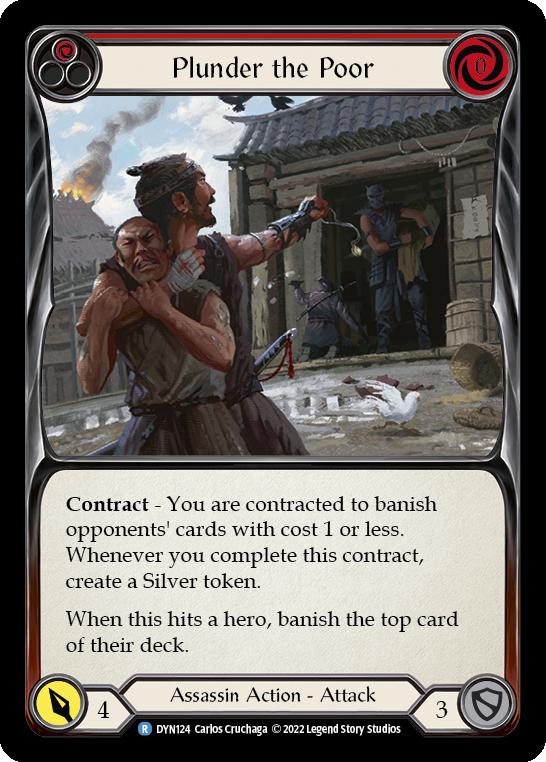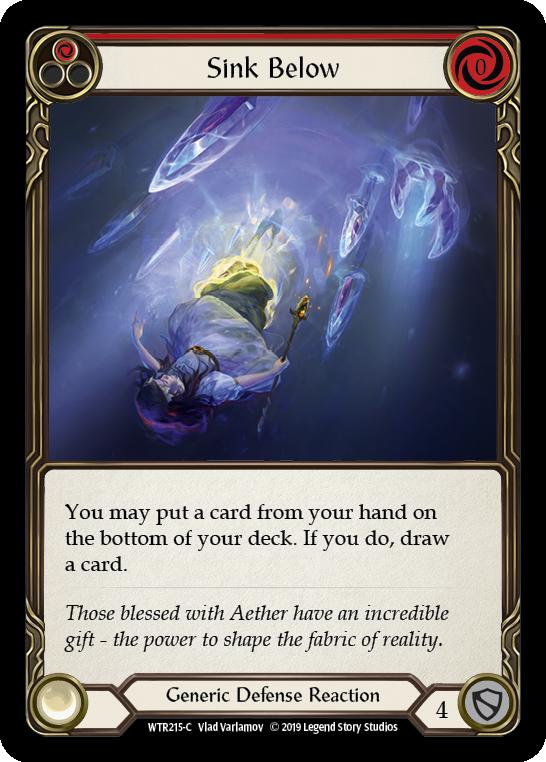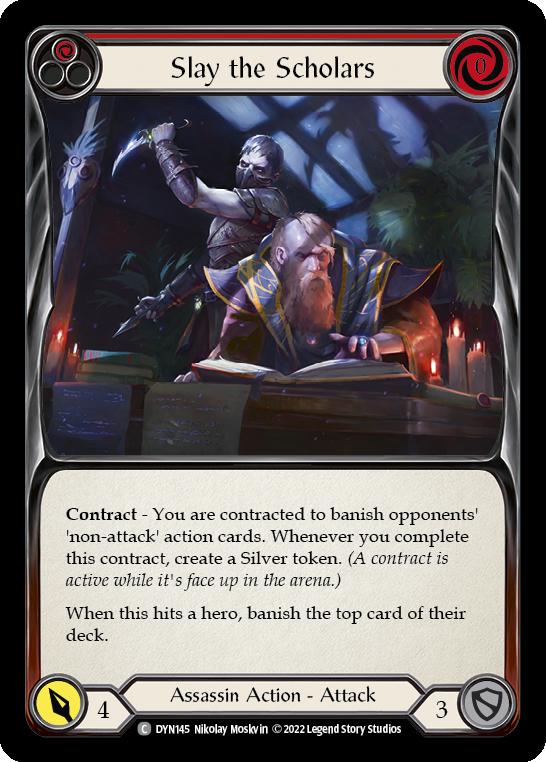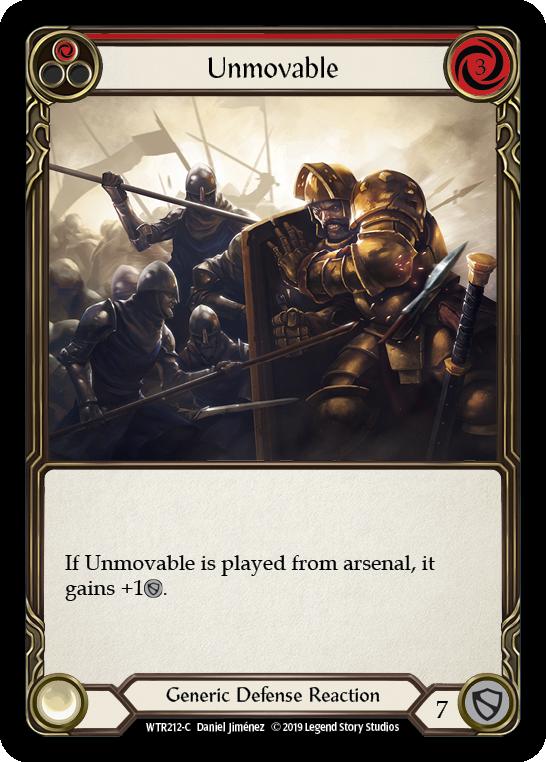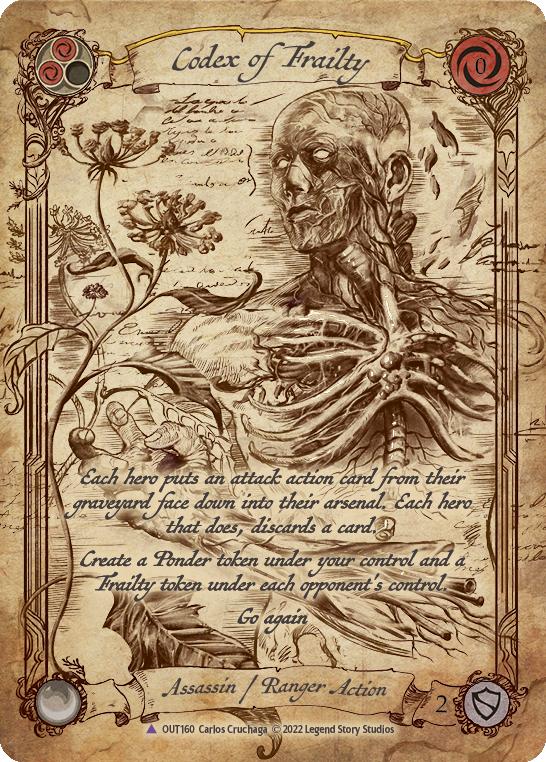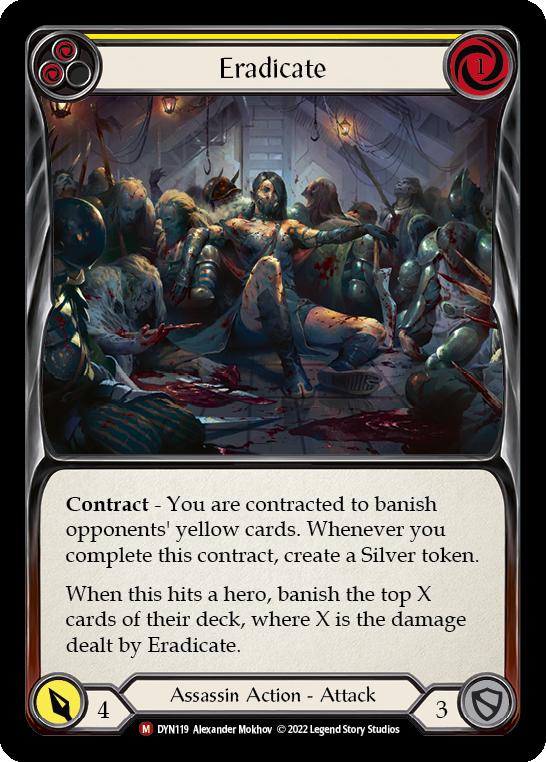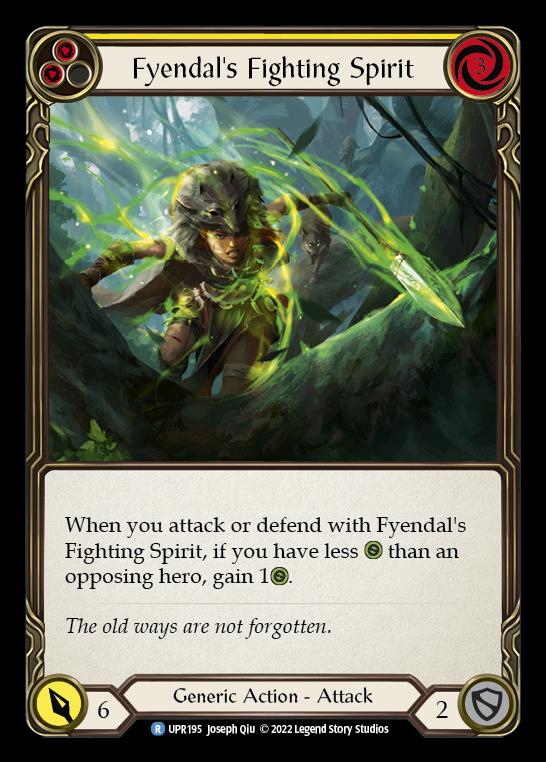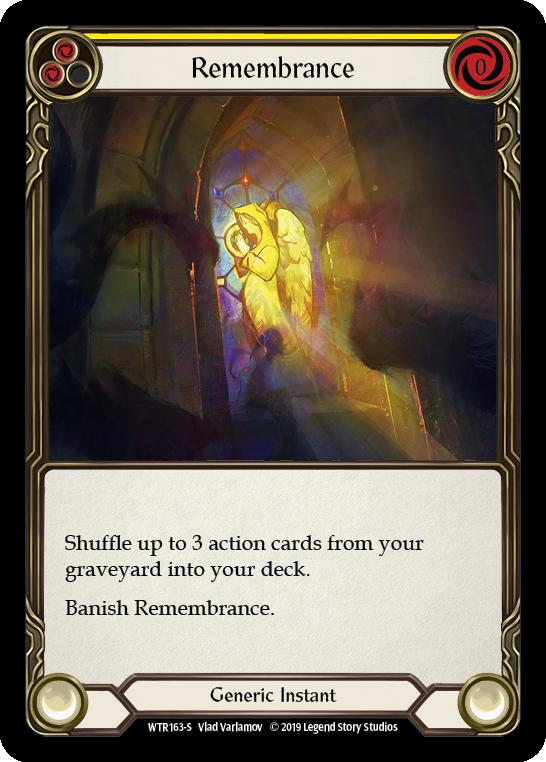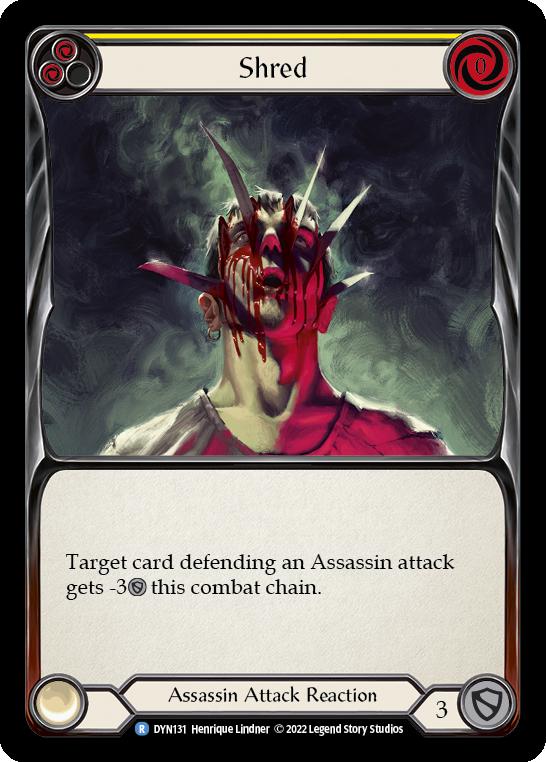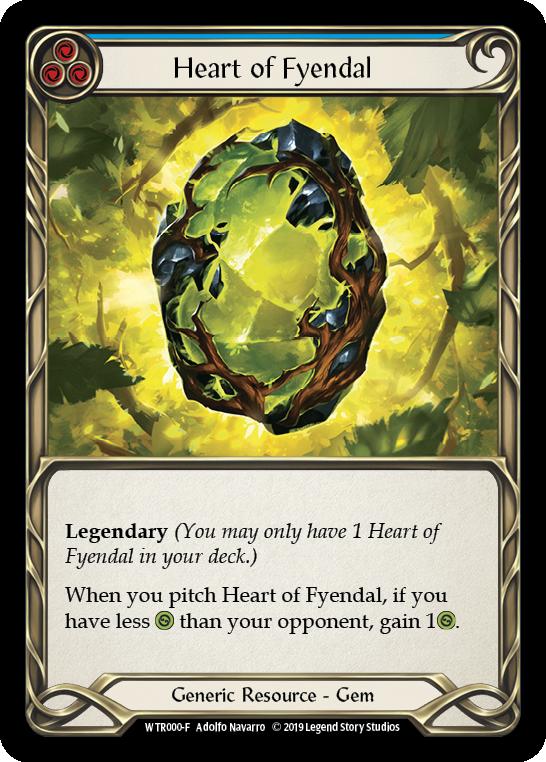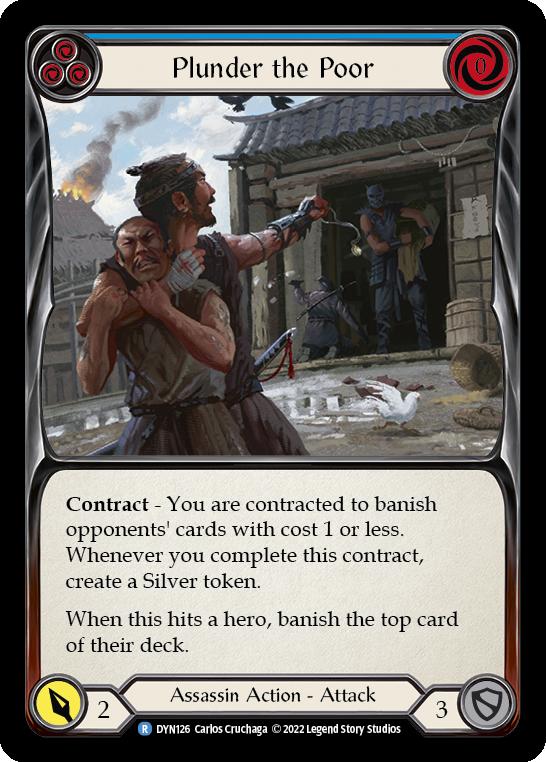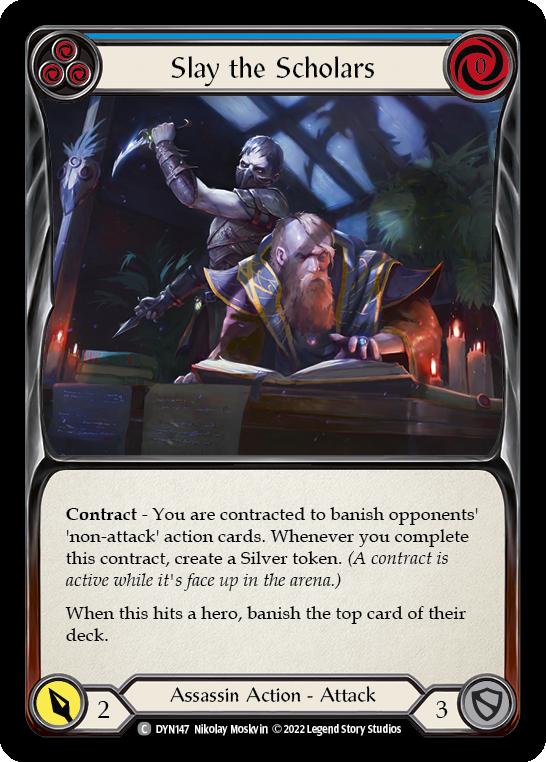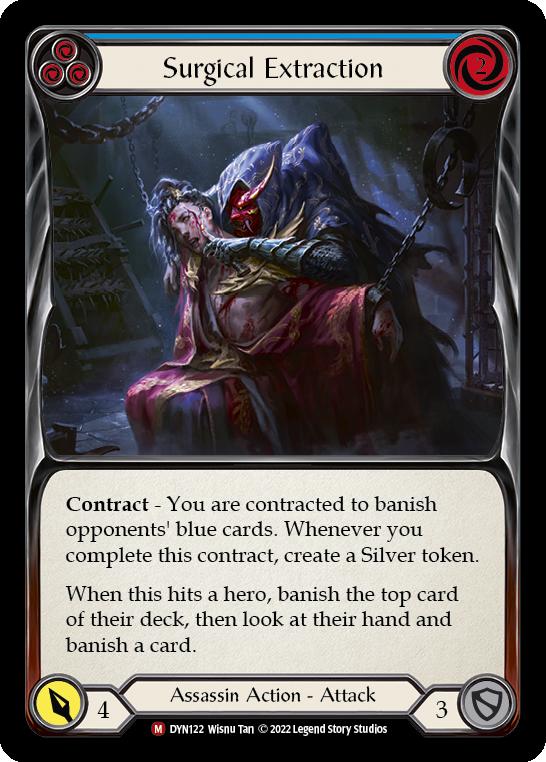Evergreen – Arakni, Huntsman
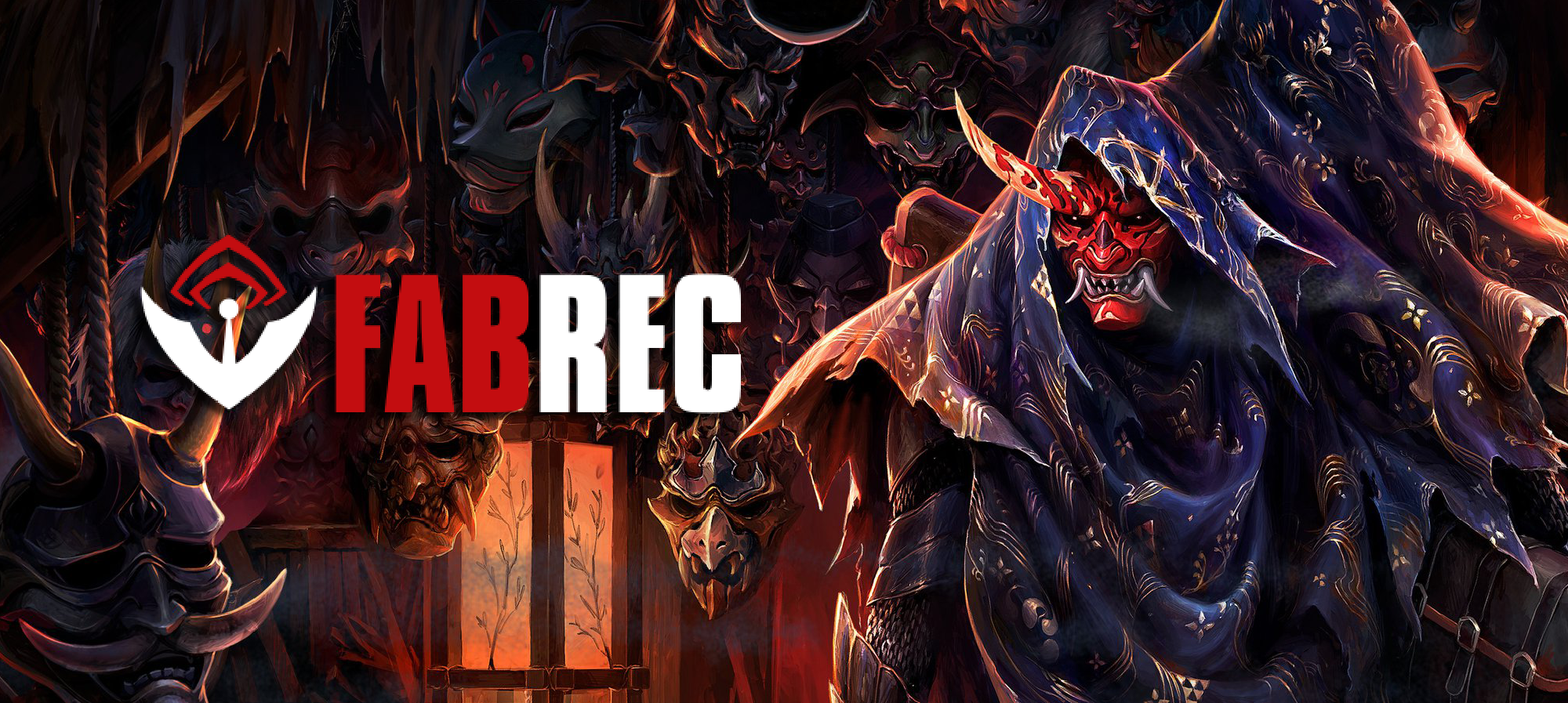
(Arakni, Huntsman | Art by Isuardi Therianto)
Flesh and Blood is a masterfully designed game. Each class embodies a feeling of uniqueness and flavor of being a Wizard, being a Ninja, and more. Assassin is no exception. Arakni, Huntsman feels like a professional combatant, slowly dissecting their opponent’s attacks, and tailoring how they apply pressure to exhaust and debilitate an opponent.
This is Rhys, back for another edition of Evergreen, a series focused on unlocking the hidden potential of the heroes of the Classic Constructed format. Today you’ll learn to wield the Witcher-like powers of Arakni, Huntsman, and how you can tire out even the hardiest of fighters.
Flavorful Fatigue
Arakni, Huntsman is my idea of what a deck aiming to fatigue an opponent in a game of Flesh and Blood should look like. Unlike what many remember in Oldhim, Grandfather of Eternity, there is a deep interplay between attacking and defending, and not just blocking sixteen every turn until the opponent gives up. Arakni’s hero ability gives them information about the opponent’s combat capabilities turn over turn by looking at the top of their deck, giving that feel of being a trained assassin.
When you’re paid for fulfilling your contracts, you may use that Silver to re-buy key pieces of equipment, helping maintain pressure and defense in Blacktek Whisperers and Mask of Perdition. Also, you’re very rarely presenting sixty cards in your deck, rather between sixty-two and seventy cards to facilitate a full fatigue game plan. Kano, Dracai of Aether and Dash, Inventor Extraordinaire are the only exceptions, because it’s virtually impossible to fatigue either, so you’ll just present your most damage-dealing sixty and hope for the best.
Before diving in, take a moment to review this well-rounded deck list, constructed by Archon Alters:
"Arakni, Huntsman by Archon Alters"
Death by a Thousand Cuts
You’ll notice that almost every card blocks for three or more, a key factor in this strategy. Arakni, Huntsman has a strong focus on weathering the opponent’s strongest attacks early on, and then upending the momentum of the game when the opponent runs out of steam. Part of what makes Arakni unique is their access to one-card hands that can present an on hit at a difficult damage interval (four) to deal with over a long game. You can threaten this earlier without expending the cards themselves by using one of your daggers, where the perceived threat of an additional attack from hand or arsenal looms. This can often slow your opponent down, reducing the amount you need to block as well.
You’ll do well to learn how to pull your opponent into those attack-and-block types of games, since it’s often intuitive for them to simply full send damage and force you to block out, making it difficult to set up your pitch stack. You read that right, pitch stacking is a required skill for this hero. Don’t worry, mind palaces aren’t needed, just knowing what you want to pitch in the early game will do just fine. Consider pitching red attack action cards to the bottom every four cards or so, and saving Surgical Extraction for second cycle increases its chances of generating Silver by quite a bit.
While it sometimes seems more intuitive to block as aggressively as possible, you want to ensure you’re able to pressure your opponent in the later turns. Pressuring in the early turns is virtually impossible, at least until Coercive Tendency is released. Coercive Tendency will allow you to threaten a wide turn with considerable damage and on hits to banish cards from the opponent’s deck, but requires taking a full attack from the opponent. Don’t be discouraged if you don’t immediately find yourself able to do that without taking too much damage and losing; it’s a difficult tightrope to walk.
The Right Tool
Choosing the right dagger is a flavorful and rudimentary part of forcing your opponent to interact with your attacks. Threatening a follow-up attack that can take a card from their deck is key, since their defensive cards will be worse off for it. The secondary benefit is that you’re taking entire cards from the opponent’s deck without expending any of your own. This is something to keep in your mind for the early phases of the game. An opponent with a powerful return volley may simply choose to not block in the early game, so ensure you can follow up those threatened attacks and avoid empty bluffing where possible.
When Heavy Hitters is released, you’ll have access to Graven Call, an essential addition that will make the Dromai, Ash Artist and upcoming Kassai of the Golden Sand matchups more bearable. Any ally they can create with more than one health would otherwise take considerable resources to remove. Don’t be surprised to see Concealed Blade make an appearance in lists with three or more of these daggers to be prepared for any outcome.
Mask of Perdition‘s attack reaction to banish an additional card serves for both taking more power from an opponent, and also generating additional Silver on contracts you know will more easily be fulfilled (e.g. Eradicate for yellows in Prism, Awakener of Sol or Sack the Shifty against a Ninja). Blacktek Whisperers conditionally threatens a wide attack chain, but both are one-block battleworn equipment, so don’t be afraid to defend with them often, as you can usually buy back one or both of them in most matchups at least once. With the proper applications, you can get two or even three block from your head and leg equips, rivaling Guardian in blocking capability.
Rookie Mistakes
Arakni, Huntsman has access to uniquely powerful cards, but their applications in this deck might not be what they seem on the surface, which can lead to game-ending mistakes. Use this as a guide to overcome some of the more common lessons from the school of hard knocks.
If you have a Nerve Scalpel and are attacking with an important contract card, you may be faced with an opponent announcing a Fate Foreseen or a Sink Below. An interaction exists where the defense reaction is announced prior to it becoming a blocking card called the Layer Step, where players can activate reactions at instant speed. You may use this timing to your advantage by activating Flick Knives with your Nerve Scalpel, applying the minus-one defense to the next defense reaction, meaning the incoming reaction would be blocking for one less. This does mean, however, you’ll no longer have access to the dagger for the remainder of the game. The threat of this effect is often more powerful than the effect itself, so weigh carefully where you are in the game, and how much farther you have to go before you make yourself less threatening for later turns.
Shred is mathematically a wonderful card, being able to send either a dagger or an Already Dead, block for three, or be a virtual plus-three attack on an Assassin attack. Keep in mind the primary function of this card is to block and pitch with, and apply pressure in the midgame. It’s advisable to avoid putting this card in your arsenal, as it requires you to have kept another specific type of card to attack with. Where Arakni, Huntsman shines is their one-card hand attacks, so you may often find yourself either taking too much damage or stranding yourself with no arsenal for a while.
If you read the Evergreen installment about Uzuri, Switchblade, you’ll already know that Codex of Frailty has less robust implications than it does in your Ranger counterparts. Nevertheless, it’s a powerful resource card that’s worth the opportunity cost of a two-block card. One thing to consider is that you’re primarily a defensive strategist, so giving an opponent an attack back can be difficult to manage. When starting out, only play this card after you’ve connected with a relevant dagger to apply the defense debuff, and if you have arsenal removal like Command and Conquer or Leave No Witnesses at your disposal to recur. Codex of Frailty plus Leave No Witnesses is a great one-card hand, as it guarantees interaction from the opponent while being disruptive, but even in the best scenarios it’s a risky play. Feel free to use the public information in your opponent’s graveyard to consider the outcome, and if it’s worth doing at that time.
Objective: Survive
As this edition of Evergreen comes to a close, reflect on how this is a bit more of a theory-focused article, as how you play every turn is difficult to predict and discuss. Rather, it’s better to internalize why you’re choosing certain lines of play, planning for a turn-20 payoff for doing so. Transparently, it will take some time to start seeing these theory applications pay off, and even more so before you feel comfortable with them as rudiments. This is a hero for people who really want to put work into a class and become a specialist in it. When you do start feeling more comfortable with Arakni’s theory, you’ll begin learning to watch the opponent’s pitch stack, observe what they attack with, and better know when to become the aggressor.
Thank you again for your time, and I’ll see you in the next one!
Further Reading:
How to Play Arakni, Solitary Confinement in Blitz
